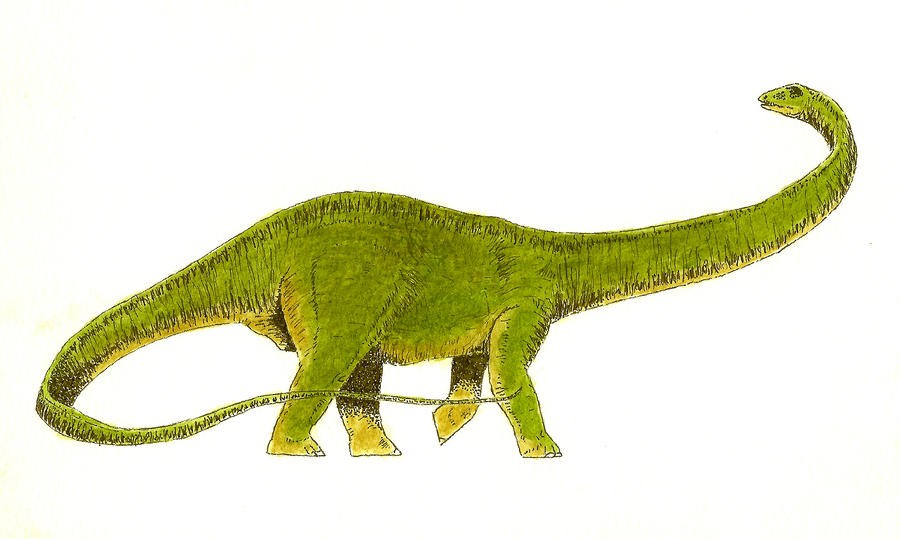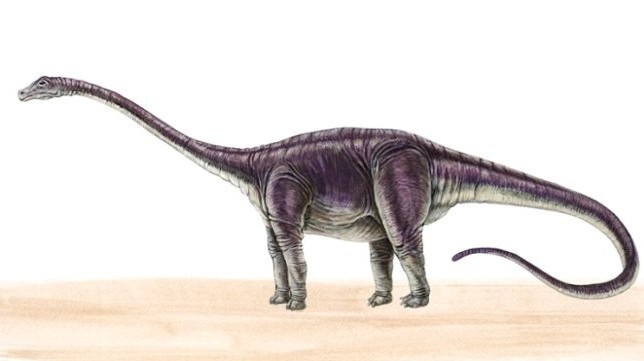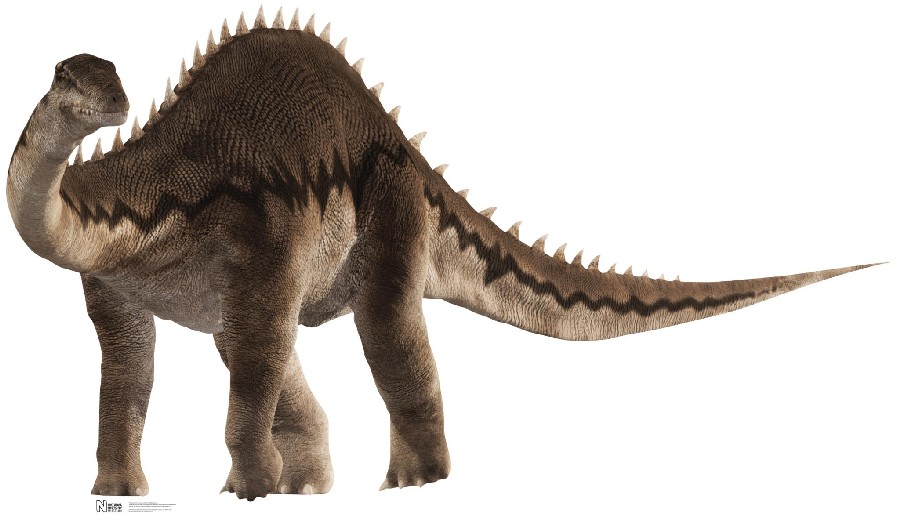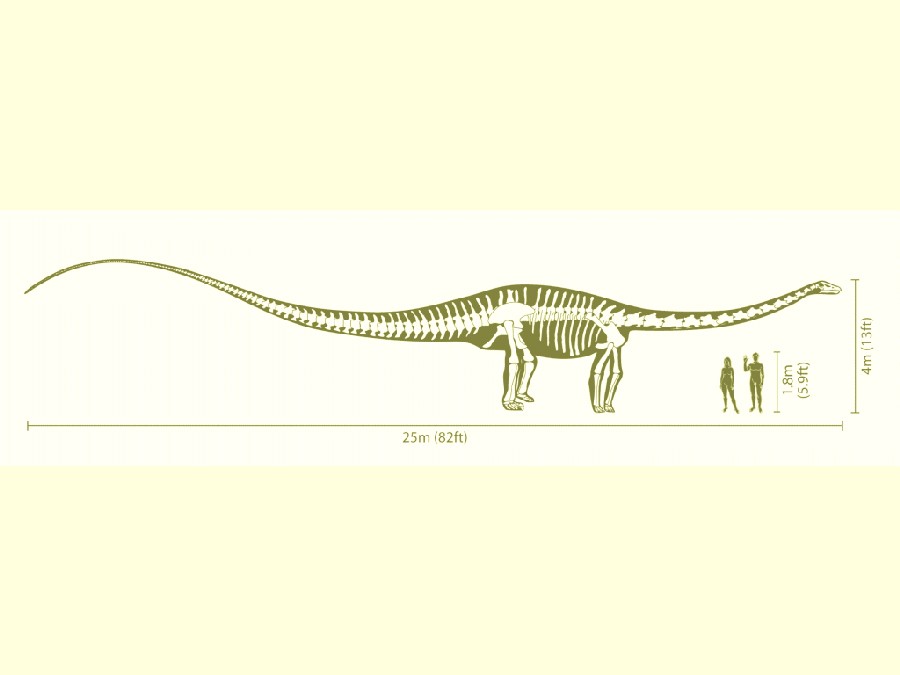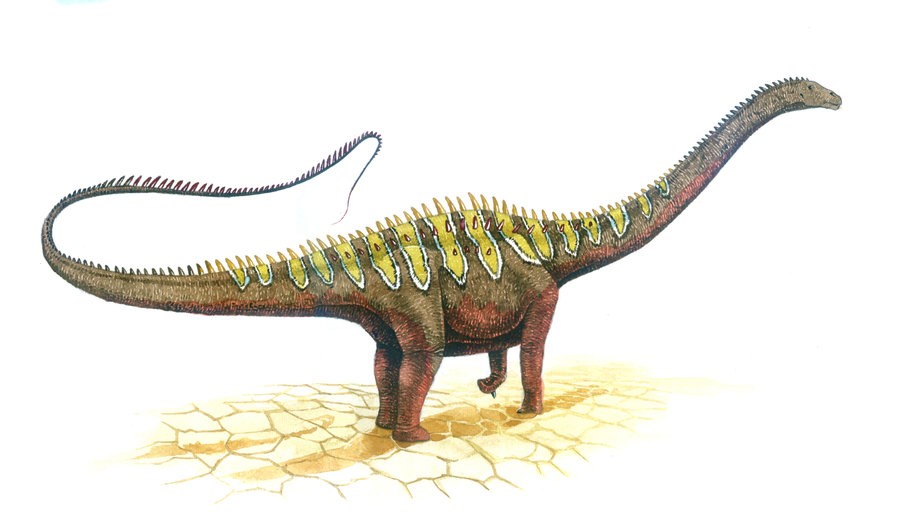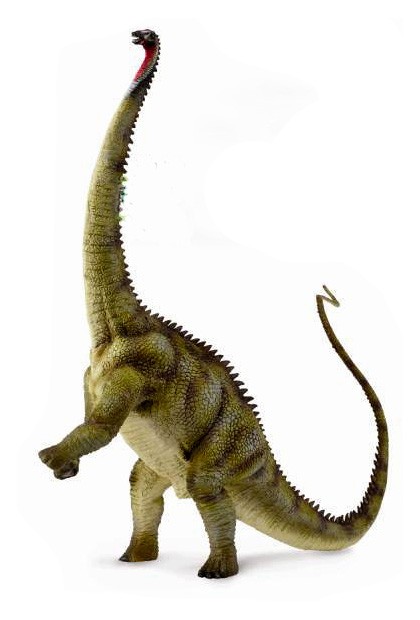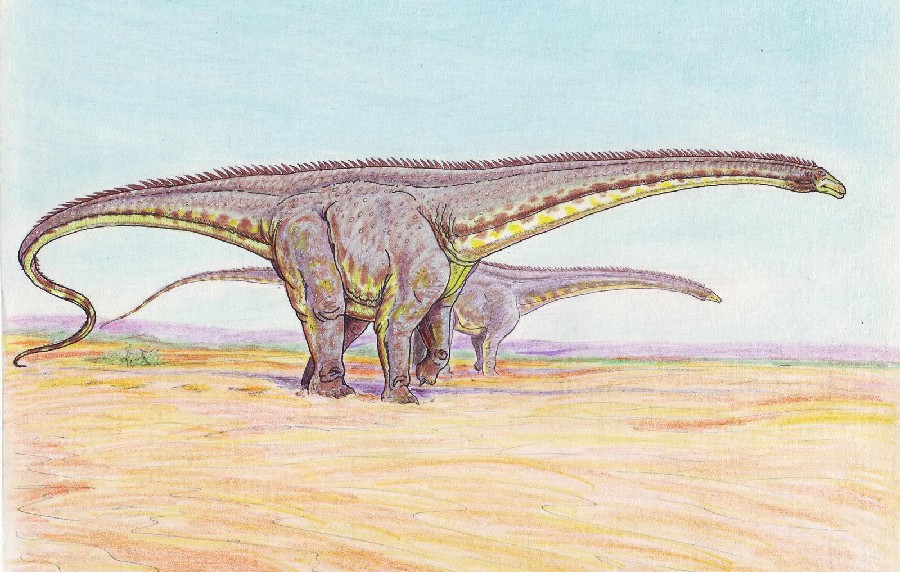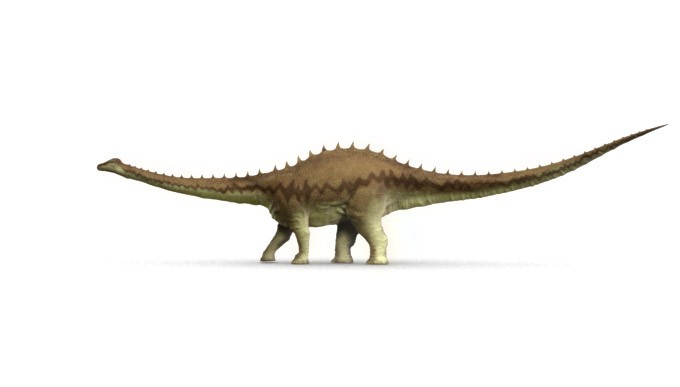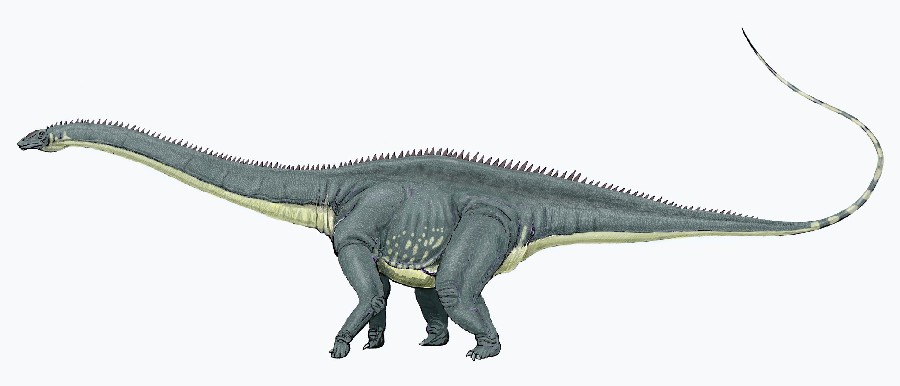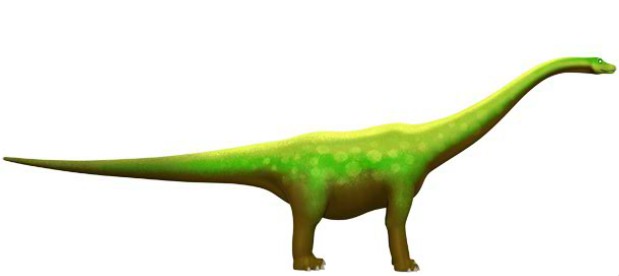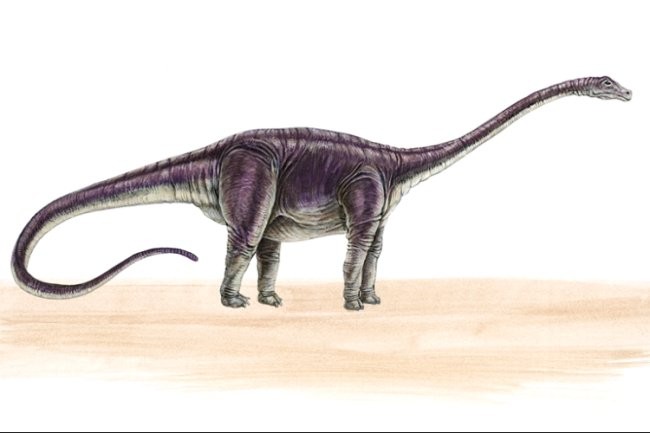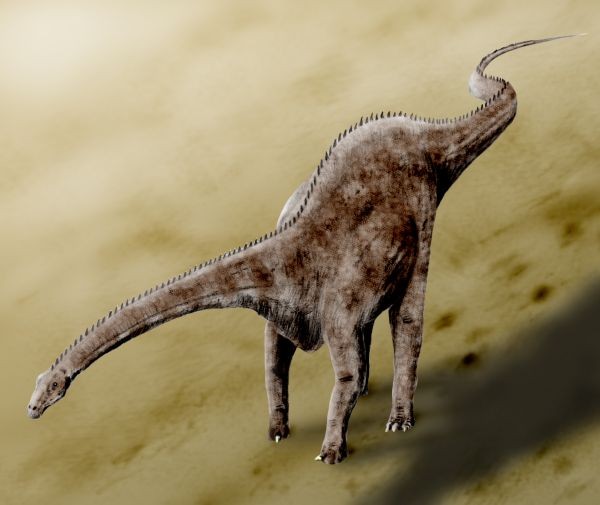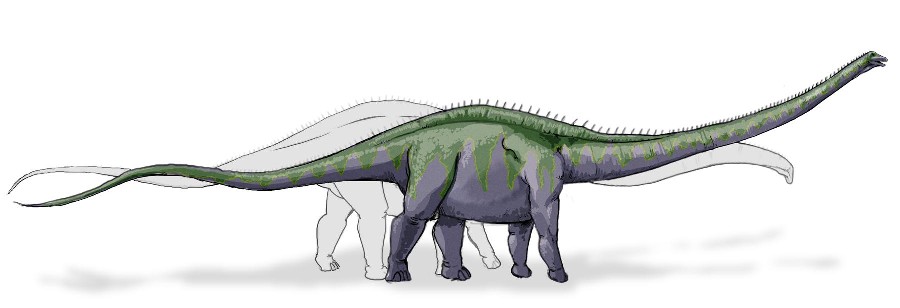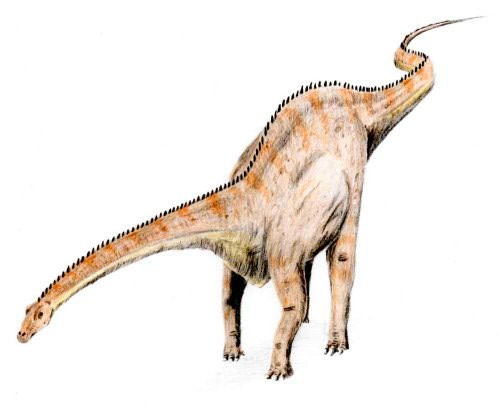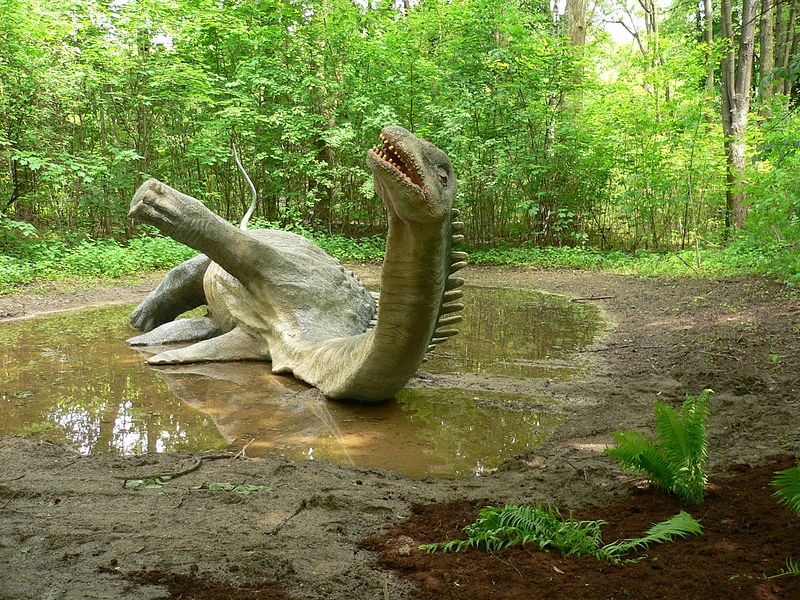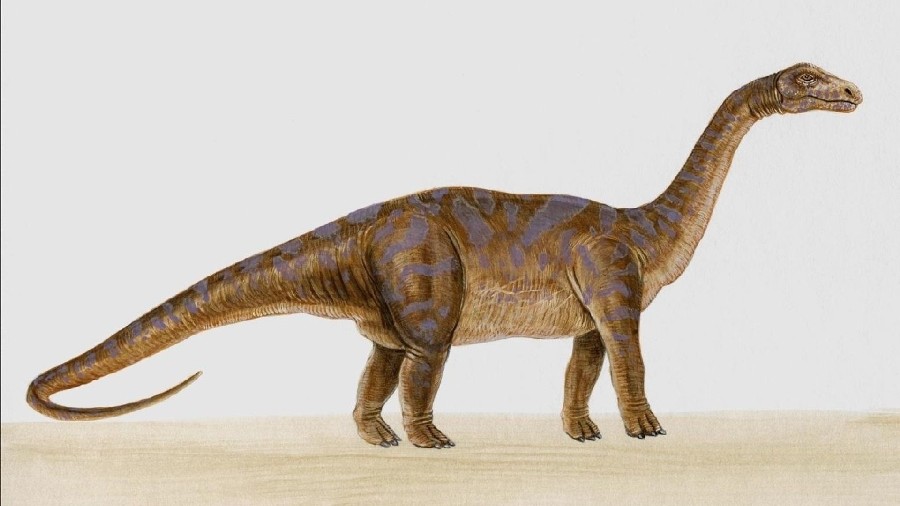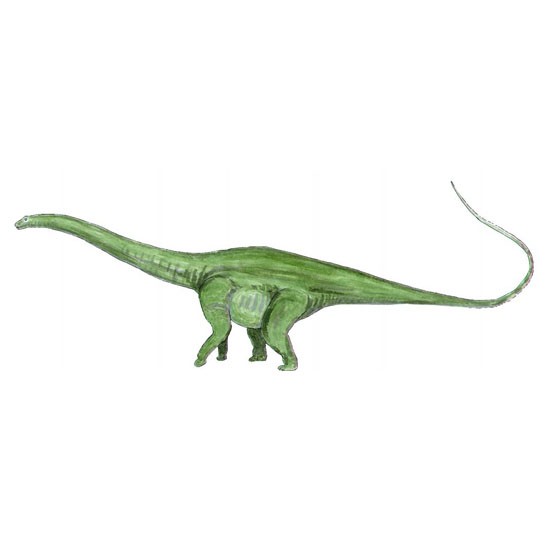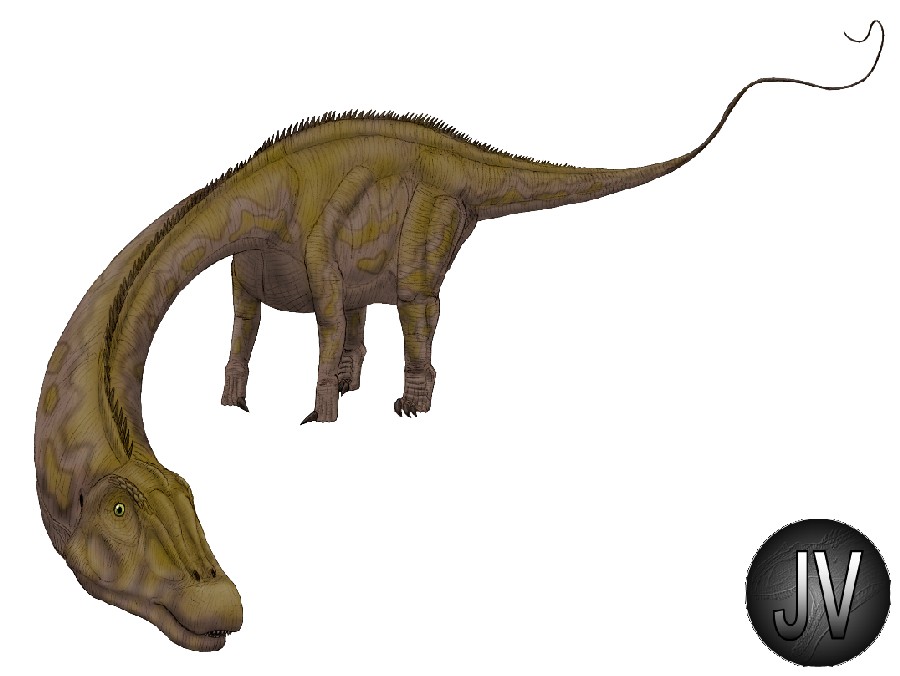База данных динозавров:
Общее количество образцов: 1365| name | Diplodocus (Диплодок) |
| period | Jurassic (Юрский период) |
| period_mya | 150 |
| date_from | Upper Jurassic Epoch (Поздняя юра) |
| date_to | Tithonian Age (Титонский ярус) |
| date_from2 | 163.5 |
| date_to2 | 145 |
| lived_in | a sediment (осадок) |
| was_a | herbivore (травоядные) |
| reproduced_by | laying eggs (откладывание яиц) |
| url | https://dinosaurpictures.org/Diplodocus-pictures |
| description | For a long time, Diplodocus’ claim to fame was being the longest land-dwelling dinosaur. It is named for for the structure (“double-beamed”) of the bones on the underside of its colossal tail. While there have since been other discoveries of even longer sauropods, many researchers assert that these may, in fact, be direct relatives of Diplodocus.As long as a city bus, moving on sturdy, trunk-like legs, and with a beaming neck and tail, the Diplodocus was an herbivore that browsed the foliage of the Jurassic. It is sometimes depicted with a row of spines running from its head to its tail. The spines were introduced to illustrators after a discovery of new fossils at a single site, but the fossils in question have since been recategorized as a form of barosaurus.Early artists’ renditions of diplodocus’ posture depict a straddling gait, with the legs put out to the side and belly dragging along the ground, something like an iguana. It was through later researchers’ assessments of tracks and skeletal mechanics that it was decided Diplodocus probably had a standing gait more similar to that of a horse. Later illustrations tend to depict this kind of posture instead. |
| articles | H. F. Osborn. 1899. A skeleton of Diplodocus. Memoirs of the American Museum of Natural History 1(5):189-214 K. Carpenter and C. Miles. 1998. Skull of a Jurassic ankylosaur (Dinosauria). Nature 393:782-783 C. A. Bjoraker and M. T. Naus. 1996. A summary of Morrison Formation (Jurassic: Kimmeridgian–Tithonian) geology and paleontology, with notice of a new dinosaur locality in the Bighorn Basin (USA). In C. E. Bowen, S. C. Kirkwood, & T. S. Miller (eds.), Wyoming Geological Association Guidebook, Forty-Seventh Annual Field Conference. Resources of the Bighorn Basin J. S. McIntosh. 1981. Annotated catalogue of the dinosaurs (Reptilia, Archosauria) in the collections of the Carnegie Museum of Natural History. Bulletin of Carnegie Museum of Natural History 18:1-67 J. B. Hatcher. 1900. The Carnegie Museum Paleontological Expeditions of 1900. Science 12(306):718-720 S. W. Williston. 1898. The sacrum of Morosaurus. Kansas University Quarterly 7:173-175 E. S. Riggs. 1903. The vertebral column of Brontosaurus. Science 17(427):393-394 R. T. Bakker and J. Siegwarth. 1992. Edmarka rex, a new, gigantic theropod dinosaur from the middle Morrison Formation, Late Jurassic of the Como Bluff outcrop region. Hunteria 2(9):1-24 J. S. McIntosh and C. A. Miles. 1996. A new nearly complete skeleton of Camarasaurus. Bulletin of the Gunma Museum of Natural History 1:1-87 P. Dodson and A. K. Behrensmeyer. 1980. Taphonomy and paleoecology of Upper Jurassic Morrison Formation. Paleobiology 6:208-232 W. J. Holland. 1906. Section of Paleontology. Annual Report of the Director for the Year Ending March 31, 1906 J. W. Stovall. 1938. The Morrison of Oklahoma and its dinosaurs. Journal of Geology 46:583-600 W. J. Holland. 1910. Section of Paleontology. Thirteenth Annual Report of the Director for the Year Ending March 31, 1910 Anonymous. 1977. The Fruita Paleontological Report J. H. Ostrom. 1970. Stratigraphy and paleontology of the Cloverly Formation (Lower Cretaceous) of the Bighorn Basin area, Wyoming and Montana. Peabody Museum Bulletin 35:1-234 J. R. Foster. 1996. Fossil vertebrate localities in the Morrison Formation (Upper Jurassic) of western South Dakota. In M. Morales (ed.), The Continental Jurassic. Museum of Northern Arizona Bulletin 60:255-263 M. K. Jesup. 1898. Department of Vertebrate Paleontology. Annual Report of the President, Treasurer's Report, List of Accessions, Act of Incorporation, Constitution, By-Laws and List of Members for the Year 1897 Anonymous. 1917. Paleontology. Annual Report of the Colorado Museum of Natural History for the Year 1916 W. J. Holland. 1905. The osteology of Diplodocus Marsh. With special reference to the restoration of the skeleton of Diplodocus carnegiei Hatcher, presented by Mr. Andrew Carnegie to the British Museum, May 12, 1905. Memoirs of the Carnegie Museum 2(6):225-264 J. H. Ostrom and J. S. McIntosh. 1999. Marsh's Dinosaurs: The Collections from Como Bluff. Yale University Press, New Haven D. D. Gillette and J. L. Gillette. 1985. A diplodocine dinosaur in the Morrison Formation (Upper Jurassic) of New Mexico. Abstracts of the Symposium of Southwestern Geology and Paleontology A. P. Hunt and S. G. Lucas. 1993. Jurassic vertebrates of New Mexico. New Mexico Museum of Natural History and Science Bulletin 2:71-75 C. A. Miles and D. W. Hamblin. 1999. Historical update: paleontological excavation in the Como Region. In J. H. Ostrom & J. S. McIntosh, Marsh's Dinosaurs. Yale University Press, New Haven R. R. Laws. 1993. A specimen of Allosaurus fragilis from Big Horn County, Wyoming exhibiting several pathologies. Journal of Vertebrate Paleontology 13(3, suppl.):46A J. A. Wilson and M. B. Smith. 1996. New remains of Amphicoelias Cope (Dinosauria: Sauropoda) from the Upper Jurassic of Montana and diplodocoid phylogeny. Journal of Vertebrate Paleontology 16(3, suppl.):73A J. R. Foster. 2005. New juvenile sauropod material from western Colorado, and the record of juvenile sauropods from the Upper Jurassic Morrison Formation. In K. Carpenter and V. Tidwell (eds.), Thunder-Lizards: The Sauropodomorph Dinosaurs. Indiana University Press, Bloomington H. J. Armstrong and W. R. Averett. 1987. Mid-Mesozoic paleontology of the Rabbit Valley area, western Colorado. In W. R. Averett (ed.), Paleontology and Geology of the Dinosaur Triangle: Guidebook for 1987 Field Trip. Museum of Western Colorado, Grand Junction Anonymous. 1964. Fossil localities in Utah. Utah Geological and Mineralogical Survey Circular 45:1-4 J. R. Foster. 2003. Paleoecological analysis of the vertebrate fauna of the Morrison Formation (Upper Jurassic), Rocky Mountain region, U.S.A. New Mexico Museum of Natural History and Science Bulletin 23:1-95 O. C. Marsh. 1877. Notice of new dinosaurian reptiles from the Jurassic formation. American Journal of Science and Arts 14:514-516 Anonymous. 1973. The Great Dinosaur DIscovery O. C. Marsh. 1878. Principal characters of American Jurassic dinosaurs. Part I. American Journal of Science and Arts 16:411-416 E. Moore. 1985. Collecting in the Bighorn Basin, Wyoming. Fossils Quarterly 4(2):16-24 J. Ayer. 1999. The Howe Ranch Dinosaurs: 10 Years of Dinosaur Digging in Wyoming. Sauriermuseum, Aathal, Switzerland K. Carpenter. 1998. Vertebrate biostratigraphy of the Morrison Formation near Cañon City, Colorado. Modern Geology 23:407-426 P. Watkins and D. Gray. 2005. Warm Springs Ranch dinosaur quarries from the upper Morrison Formation of north central Wyoming. Journal of Vertebrate Paleontology 25(3, suppl.):128A J. R. Foster. 1993. Sedminentology and taphonomy of the Little Houston Quarry, Morrison Formation (Upper Jurassic), northeast Wyoming. Journal of Vertebrate Paleontology 13(3, suppl.):38A C. E. Turner and F. Peterson. 1999. Biostratigraphy of dinosaurs in the Upper Jurassic Morrison Formation of the Western Interior, U.S.A. In D. D. Gillette (ed.), Vertebrate Paleontology in Utah, Utah Geological Survey Miscellaneous Publication 99-1:77-114 P. M. Galton and J. A. Jensen. 1979. A new large theropod dinosaur from the Upper Jurassic of Colorado. Brigham Young University Geology Studies 26(1):1-12 D. J. Chure. 1994. Koparion douglassi, a new dinosaur from the Morrison Formation (Upper Jurassic) of Dinosaur National Monument; the oldest troodontid (Theropoda: Maniraptora). Brigham Young University Geology Studies 40:11-15 O. C. Marsh. 1879. Notice of new Jurassic reptiles. American Journal of Science and Arts 18:501-505 H. Galiano and R. Albersdörfer. 2010. A New Basal Diplodocoid Species, Amphicoelias brontodiplodocus from the Morrison Formation, Big Horn Basin, Wyoming, with Taxonomic Reevaluation of Diplodocus, Apatosaurus, Barosaurus and Other Genera. Dinosauria International (Ten Sleep, WY) Report for September 2010 D. J. Chure and A. R. Fiorillo. 2000. Prey bone utilization by predatory dinosaurs in the Late Jurassic of North America, with comments on prey bone use by dinosaurs throughout the Mesozoic. Gaia 15:227-232 |
| trophic_level | herbivore (травоядные) |
| habitat | sediment (осадок) |
| motility | actively mobile (подвижный) |
| points | 41.8931 -106.041, 42.0358 -106.39, 42.1523 -105.916, 40.4414 -109.301, 42.0178 -106.049, 43.63 -108.2, 40.4236 -109.206, 40.4559 -108.392, 38.5395 -105.225, 39.1285 -108.729, 35.5633 -106.77, 41.9077 -105.963, 41.8786 -106.079, 41.8931 -106.022, 41.8825 -106.107, 39.6756 -105.193, 38.5395 -105.225, 38.5831 -108.397, 44.65 -107.817, 44.5356 -107.779, 44.5356 -107.779, 41.9671 -106.291, 38.545 -105.194, 38.545 -105.194, 38.5465 -105.232, 38.5168 -105.211, 38.5168 -105.211, 36.8975 -102.825, 41.9671 -106.291, 36.9031 -102.963, 36.9031 -102.963, 45.5442 -110.616, 41.8931 -106.002, 44.4581 -104.735, 45.4536 -108.1, 35.5804 -106.944, 43.6225 -108.185, 41.98 -106.146, 41.9517 -106.311, 39.2001 -109.036, 41.98 -106.146, 42.1523 -105.916, 41.9077 -105.963, 44.1844 -103.345, 43.6492 -106.781, 44.0933 -106.866, 42.1816 -106.315, 38.2522 -110.814, 38.97 -109.321, 38.5028 -108.998, 45.2236 -108.827, 39.146 -108.77, 42.1964 -105.856, 44.0514 -107.458, 44.0375 -106.421, 41.9014 -106.079, 44.0933 -106.866, 44.6375 -108.125, |
